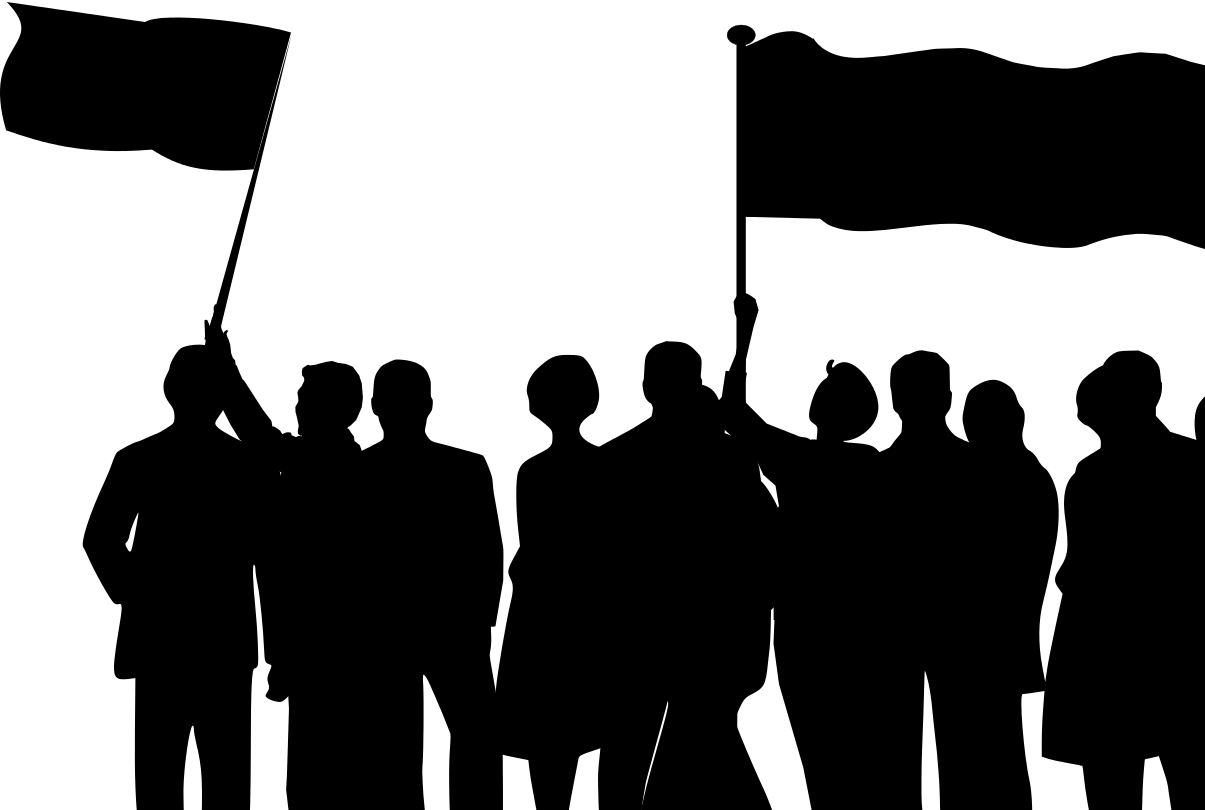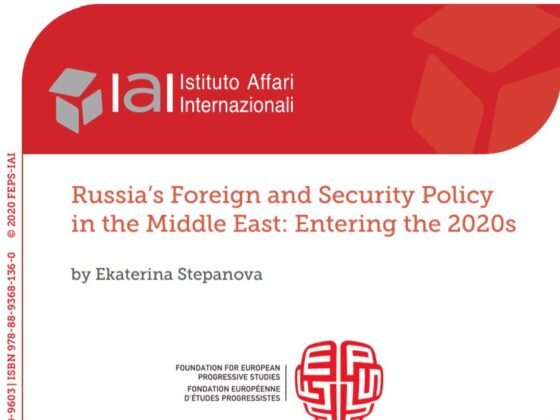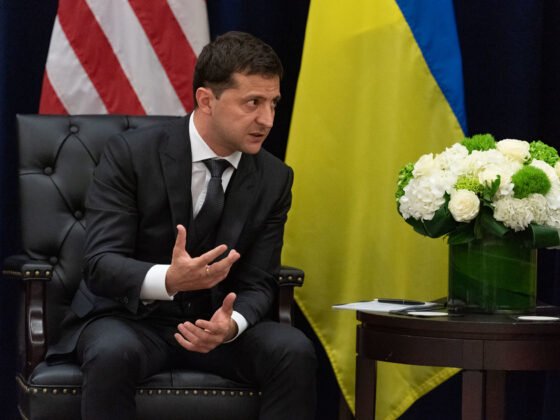(PONARS Eurasia Commentary) By Giorgi Beridze, University of Tartu/Tbilisi State University, Alla Leukavets, University of Tartu/Belarusian State University, and Andrey Makarychev, University of Tartu.
One of the questions the current COVID-19 debate left understudied is how different governments publicly legitimize their crisis management policies. Among post-Soviet countries, this issue is of particular importance for political regimes that are preparing for elections (Belarus and Georgia) or a constitutional referendum (“people’s vote” in Russia) either during the pandemic or immediately after it. In this short policy series, we look at how political elites in these three countries transform and normalize their policies from “states of exception” (a situation of emergency) to public mobilization for supporting and legitimizing their anti-pandemic strategies.
We build our analysis upon two concepts—sovereignty and governance—that are key for understanding political dynamics on the national level. Our general assumption is that in most post-Soviet countries, there is a profound gap between the two in the sense that sovereignty is overwhelmingly understood as an issue of possessing the power to rule. At the same time, governance is reduced to the technical administration of the everyday routine. This gap, by and large, corresponds to the well-articulated conceptual distinction between political and managerial dimensions of power, and keeping the two as far from each other as possible appears to be one of the strategies used by different regimes, mostly by illiberal ones. The idea behind this separation is to fend off the bearers of sovereignty from the responsibility for possible managerial risks and failures, and thus to create a politically sterile space of utmost convenience and safety for sovereignty holders.
However, the COVID-19 crisis has undermined this comfort zone and reconnected sovereignty with governance, since in the context of the post-emergency developments, each instance of public legitimation of political authorities (through elections or plebiscite) inevitably becomes a form of a “people’s vote” on the effectiveness of crisis management. This is because the pandemic threat, perhaps temporarily, devalues the importance of ideological or institutional arguments and puts in the center of (bio)political agendas issues of health, care, and protection of human lives and bodies.
Part 1 of 3: Russia
The domination of the pandemic in Russian public debates creates a risky environment for the July 1, 2020, plebiscite.
In Russia, with its century-long traditions of sacralization and mythologization of the supreme power, the differentiation between its sovereign holder and policy operatives was always essential. It is this distinction that explains the inherently ambiguous Kremlin relationship with United Russia, the government, the parliament, and the regional governors: all of them, being—in a wider sense—crucial elements of the proverbial “party of power.” Yet, they are still in one way or another distanced from the presidency as an incarnation of political sovereignty. This distance, of course, varies depending on the situation, but it was always a constitutive element of the technology of power. This explains multiple cases of legal prosecution of mayors and governors all across Russia or the over-saturation of the Duma with almost comic figures bereft of political experience. This latter grouping serves as an army of technical nominees (even if formally elected) and in cases of necessity as potential scapegoats for policy failures.
The constitutional reform initiated by the Russian president on January 15, 2020—that started as a sporadic series of amendments disconnected from each other yet ended up being a green light for more presidential terms for Vladimir Putin—serves as a perfect illustration of the logic of sovereign power. Its core element is a purely instrumental attitude to all other bodies whose utility is measured by their ability to sustain the supreme authority. The Duma, Constitutional Court, and regional legislatures have obviously given their formal support to the entire package of amendments that Putin himself signed into law in March 2020. With the legal part of the process being over in a matter of two months, the only element that remained pending was the so-called “people’s vote” on the matter. This is an extra-legal procedure that, nevertheless, became a key source for legitimizing Putin’s long-term plans. This ambiguity at the outset puzzled many commentators. Why did the Kremlin announce the plebiscite that ultimately turned into a headache for the regime due to the outbreak of the pandemic?
One of the possible answers to this question might be found in the very nature of Putin’s vision of sovereignty as reaching far beyond purely technical and even legal procedures. Putin’s sovereign power is a quasi-religious and deeply populist construct that regularly needs symbolic investments imitating the supreme ruler’s connection with the people. Russia’s 2020 Victory Day parade (rescheduled from the usual May 9 to June 24) and the “people’s approval” of the constitutional change were expected to be the two most essential elements of Putin’s power mythology.
Remarkably, it is this highly symbolic—and primarily political—dimension of sovereignty that became the most vulnerable, particularly since the COVID-19 reshuffled the whole political scenery. Today, it is the sphere of anti-crisis management with administrative skills and resources of the technical personnel that will be the decisive factor in the “people’s voting” scheduled for July 1, 2020. Due to the conflation of two major factors, the sociologically identifiable decrease of Putin’s popularity among Russian voters and the decrease of global energy prices, many Russian specialists are sure that the ability of the regime to legitimate its policies is decreasing, which will probably affect voting results.
Moreover, in the course of the COVID-19 crisis, Putin voluntarily divested himself from the central position in the political system. With his direct blessing, all major crisis-management powers were transferred: to the government of Mikhail Mishustin, to the head of the crisis management board led by Moscow mayor Sergey Sobyanin, and to regional governors. In the meantime, the group of people allowed to de-facto speak on behalf of the top leadership extended to such controversial speakers as press secretary of the anti-crisis board Alexandr Myasnikov, who happens to also be a high-profile media anchor.
The domination of the pandemic agenda in Russian public debates creates a risky environment for the July 1, 2020 plebiscite, which explains the attempts by pro-Kremlin groups to switch attention from the consequences of the COVID-19 epidemic to the old agenda of social conservatism with anti-LGBT and pro-family narratives at its center. Should this trend prevail, it would again bring Russia to the old-styled political symbolism, a tool that was many times used to divert citizens’ attention from the troubles of their everyday lives.
Part 1 of 3: Russia | The domination of the pandemic creates a risky environment for the July plebiscite.
Part 2 of 3: Belarus | COVID-19 as a trigger of democratization?
Part 3 of 3: Georgia | A success story in fighting Coronavirus?











